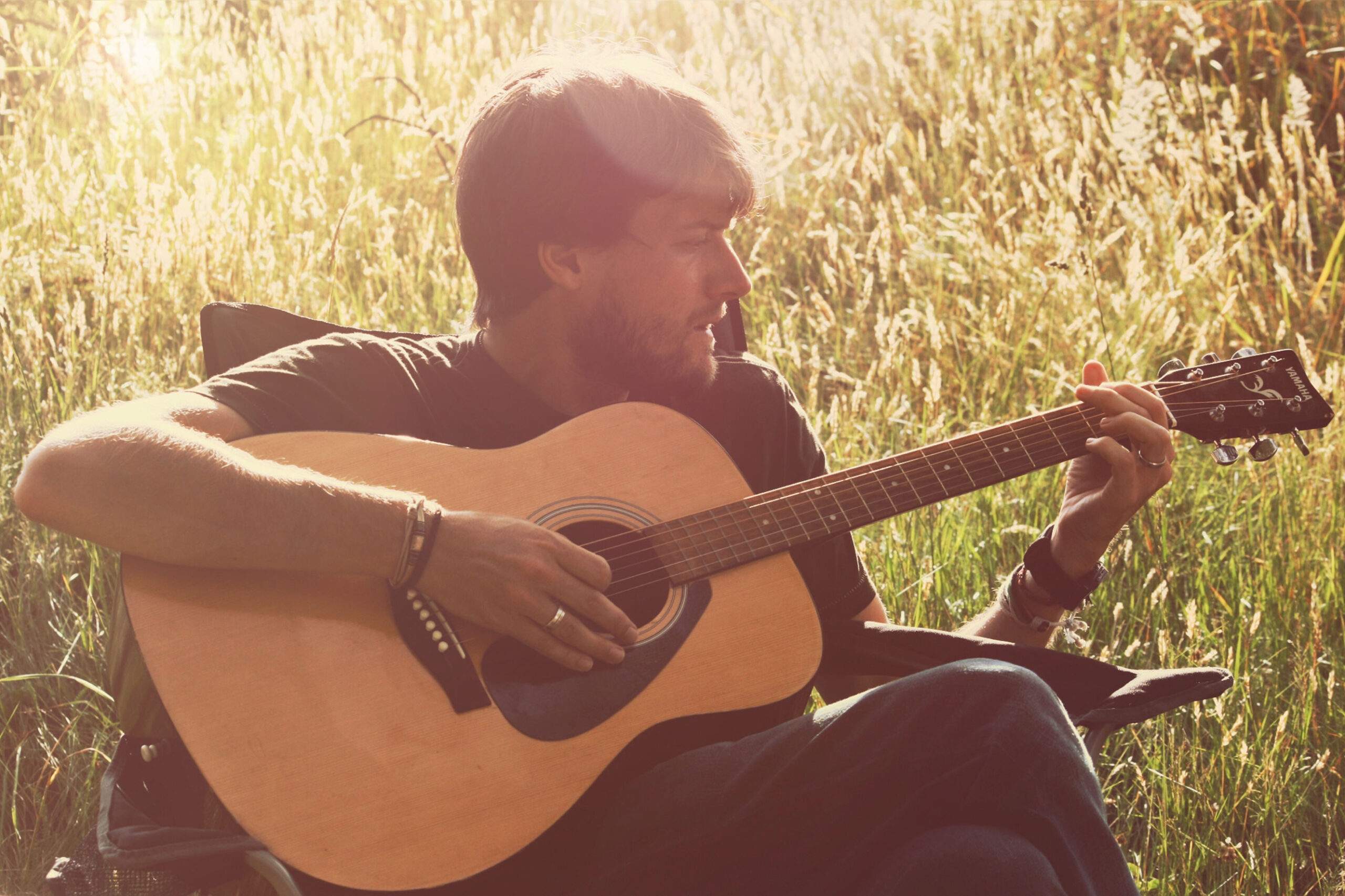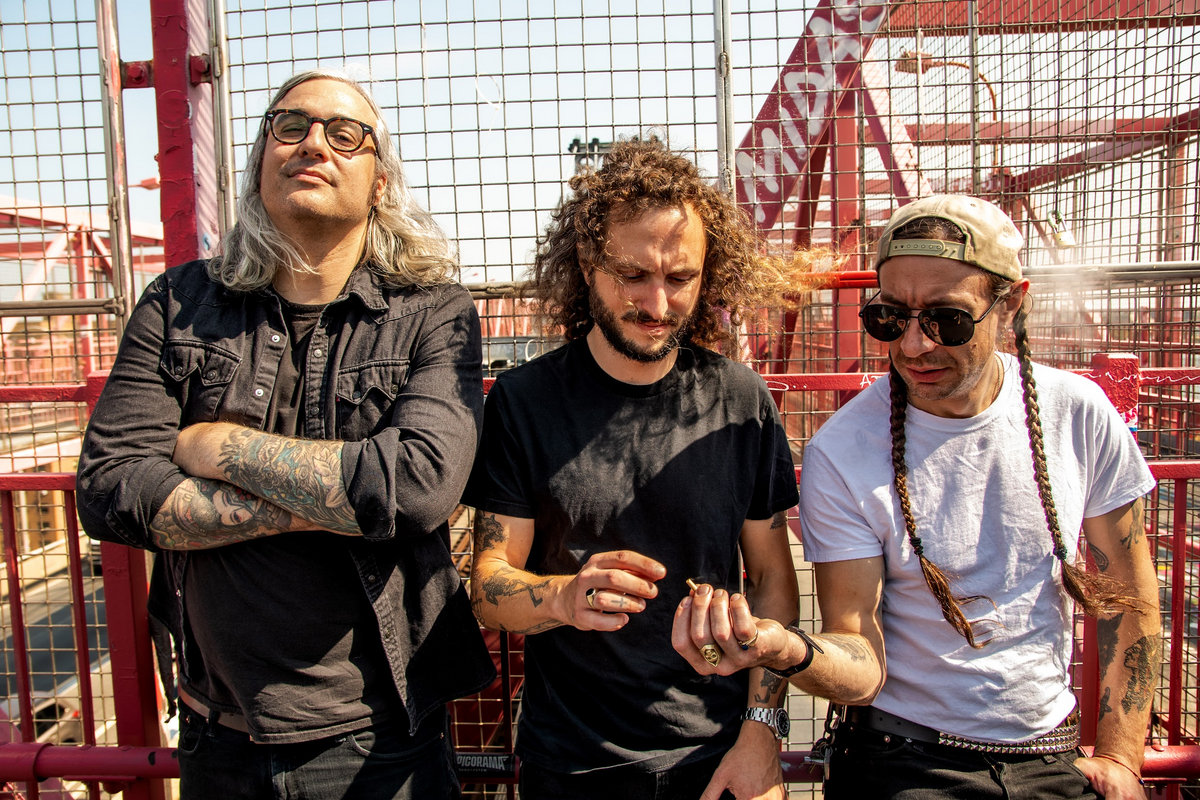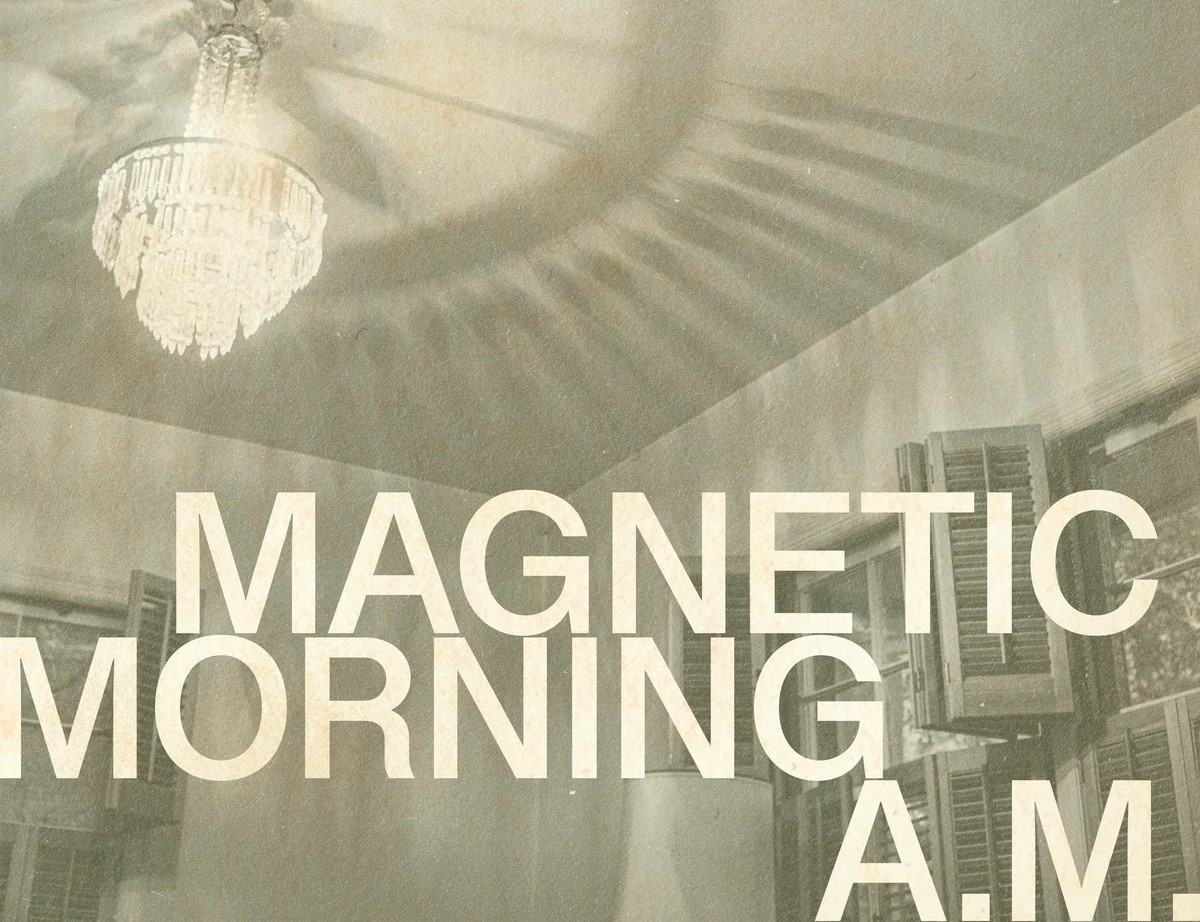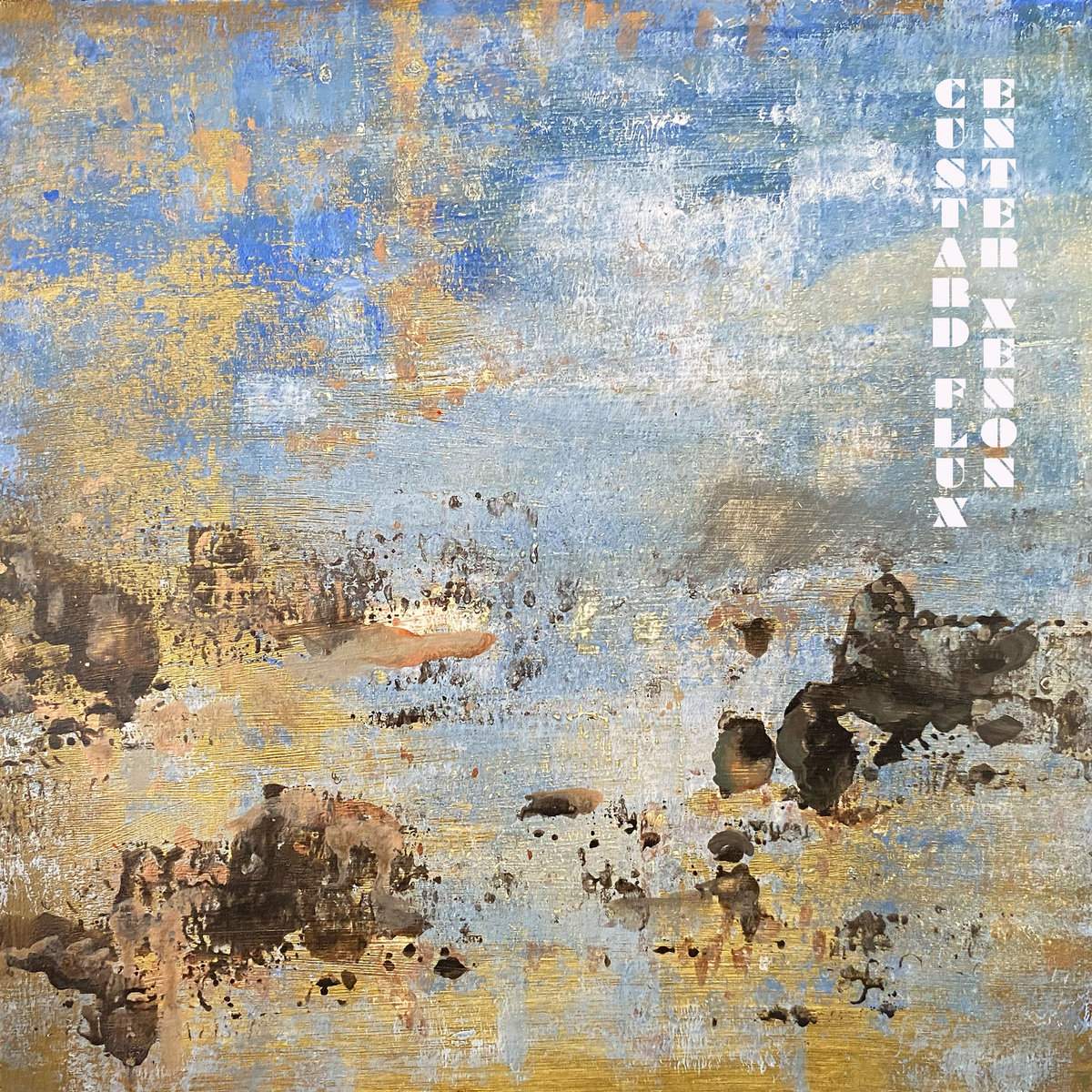Summit of the Big Low | Interview | New Album, ‘Thin Air’
Summit of the Big Low is a project by Toby Uffindell-Phillips, indie-folktronica artist making music in the garden of England. His latest album, ‘Thin Air’ is full of wonderful melodies bringing shades of Nick Drake, Elliott Smith, Zero 7 and even David Gates/Bread.
‘Thin Air’ is a lovely album full of melodic inventiveness, amazing songs and a trippy atmosphere. Canada born but UK raised singer-songwriter Toby Uffindell-Phillips cut his teeth in the ‘00s with acoustic electronica group Sound Sanctuary and then as frontman of eclectic indie pop band Burning Shapes in the early 2010’s. The Kent-based musician subsequently began writing songs in his home studio that would form the backbone of a new solo project – Summit Of The Big Low.
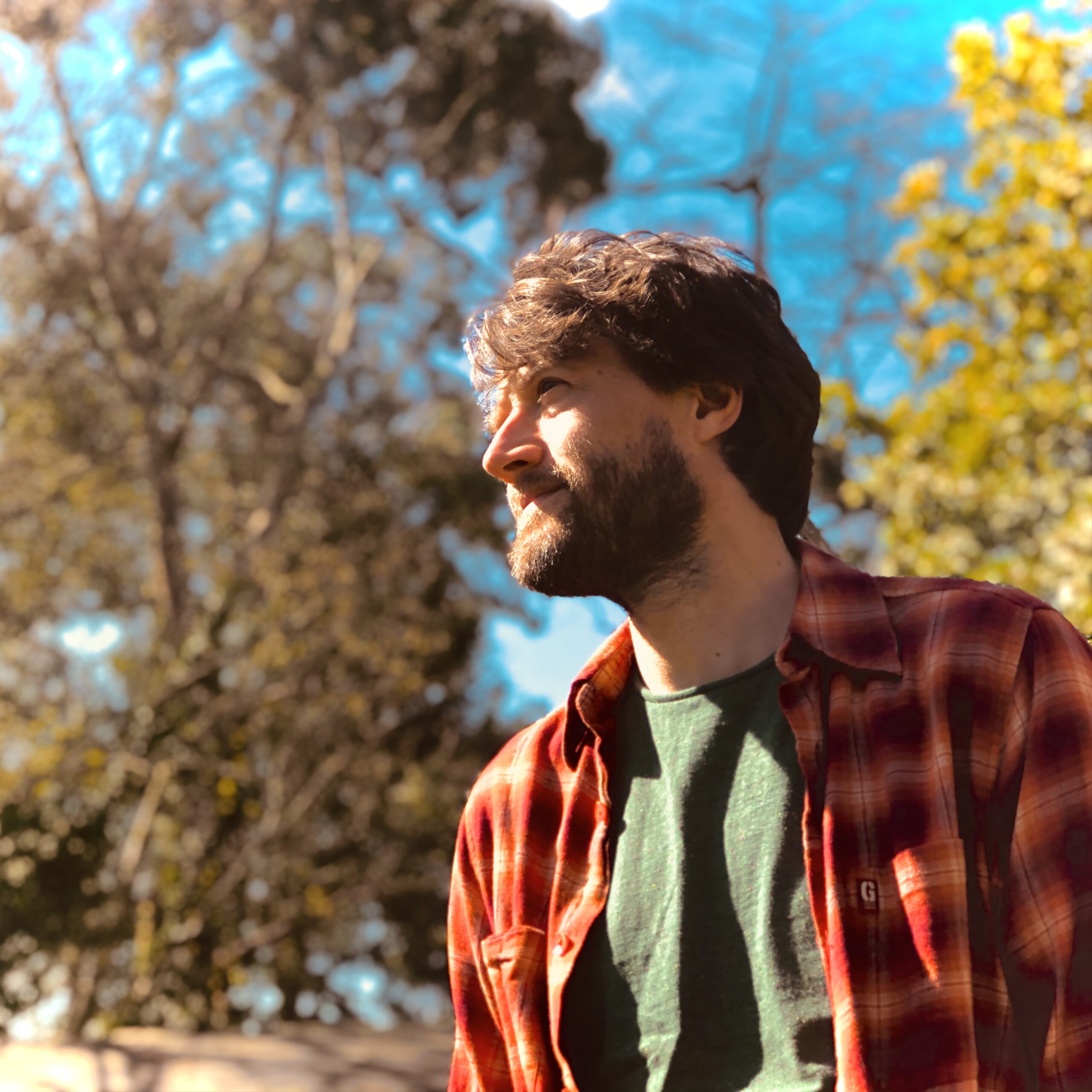
How did you first get interested in music?
Toby Uffindell-Phillips: Well, it all starts at home, which I’m sure is the same for many. The influence of your parents plays a big part. Our childhood was full of music – there was always something playing. I spent my younger years growing up in Vancouver, Canada and my parents would go and see artists like XTC, Duran Duran, Bowie, The Police, The Jam and Squeeze as they came through on tour, and their records would eventually find their way back home. Apparently it was an amazing time for seeing live music, and my folks recall on one occasion going to see Gang of Four play, and half the crew ending up back at our house for a party. I also remember a fair bit of Motown and 60s music being played at home too such as The Rolling Stones, The Beatles and The Kinks. Furthermore my mum was a ballet, tap and contemporary dance teacher, and ran a dance school in Vancouver, so I was exposed to a lot of classical music through ballet and 80s pop through contemporary dance and the cultural landscape of the time.
My dad had a guitar kicking around the house that he sometimes played. It was given to him by the bassist of 60s rock/pop group Herman’s Hermits, and I remember seeing it in the background of loads of shots in family photo albums. It had a big old hole in the side and the scratch plate was loose and eventually fell off. A few years ago he was looking to get rid of it as he didn’t really play it anymore so I took it off his hands, fixed it up and now use it all the time both playing out live and on my latest recordings. It’s a lovely instrument. I remember my dad did go through a stint of writing songs with this guitar when I was a teenager and it wasn’t that long after that I found my own interest in songwriting and took up guitar myself.
I did however try my hand at a couple of other instruments before settling on the guitar. I spent a few months taking piano lessons at school but it didn’t really grab me at the time. Obviously with hindsight I wish I’d persevered as I’m always dabbling on keyboards now and wish I could play better. Back in my teenage years my dad had taken up the saxophone so I remember giving that go for a bit. My granddad was an enthusiastic jazz drummer keen to educate me on the genius of Buddy Rich. I remember really liking the drums but as much as playing the instrument, it was the idea of writing that hooked me from the start, and the guitar was the perfect prop that enabled me to play with melody and sing along at the same time. I remember spending hours in my bedroom writing songs and recording them on a cassette deck wishing that my voice wasn’t so bad.
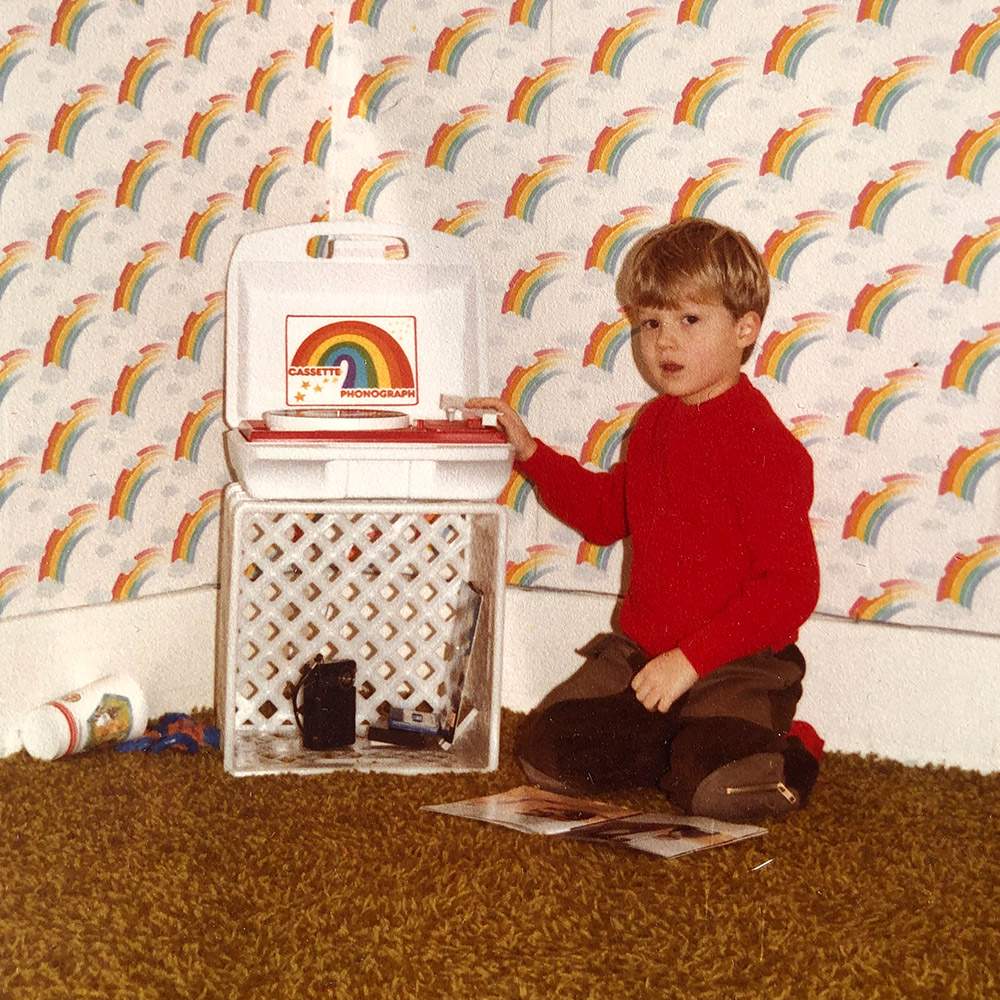
Was there a certain moment when you knew you wanted to become a musician?
I never really thought about becoming a musician. It happened at that very unique time in your life when you are exploring who you are and what tribe you belong to. There is a key point in those early teenage years where consciously or subconsciously you start dressing a certain way and listening to particular types of music. It’s an early form of self expression and finding common ground with these cultural influences helps you to form close bonds with those around you. In fact the friends I made at this time are still some of my closest friends to this day. The fact that you all go through this process together connects you throughout your life.
It was at this time while friends were recommending different records and I was discovering what music really turned me on that I was also getting interested in creating something myself. Up until this point I’d always like to draw and I thought I might follow that as an interest in later life. I found myself not only wanting to wear the same clothes as the bands that I was into at the time, such as Nirvana and Pearl Jam but I also wanted to try and write songs like them. I should mention at this point that while I did dress like a “grunger,” musically my taste was not purely in this camp. I was also into bands like Counting Crows, Crowded House, World Party, REM and Blur back then so I would try and mimic a lot of these styles in my early writing days.
But I think if there was one overriding influence on me becoming a musician it was The Beatles. It’s cliche I know but shortly after I learned to play the guitar and started writing, The Beatles Anthology was released. I had always been a fan but digging deeper into their music and the personalities behind it turned into a bit of an obsession. My friends and I at the time devoured The Anthology and the sheer inventiveness, fun and cultural significance of that band really was fuel to the fire.
Is Summit of the Big Low your first project that is being released?
No, in fact it’s the latest in a line of musical projects that all started with my school bands Vague and then The Glorious Amber Life. These bands played some gigs but never really released anything properly. The latter made a couple of demo EPs that were sold at gigs. However, the line-up from these school groups is still mostly intact, and playing shows with me today. The first proper album I made was under my own name with the title ‘The Sound Sanctuary’. It was on this record that I really started to learn about the recording process. A fantastic producer and mentor took me under his wing and we worked closely together to make that first record. It was before computers were really used to make anything other than electronic music so it was an album made purely on tape and mixed on a desk that was used on one of Bjork’s early records. I forget which.
‘The Sound Sanctuary’ was a solo record, but a couple of the guys from earlier bands joined me once it was finished to play it out live along with a new guitarist I’d met, and this line-up stuck together for a number of years calling ourselves Sound Sanctuary. The style of music I make today as Summit of the Big Low began with Sound Sanctuary. We were introduced to a production duo called Bombay Monkey who put an electronic, trip-hop spin on our recordings and over time we settled into a chilled out folky electronic vibe that is still present today. I think up until this point I was writing songs without much thought as to the aesthetic that might get applied to them in the studio. But soon I was writing with this firmly in the forefront of my mind, knowing how I wanted a song to sound on record even while tinkering on the guitar and writing lyrics in notebooks. There are two Sound Sanctuary records you can hunt out on CD and digitally. A mini-album called ‘Contact’ and a full length album called ‘Dust’.
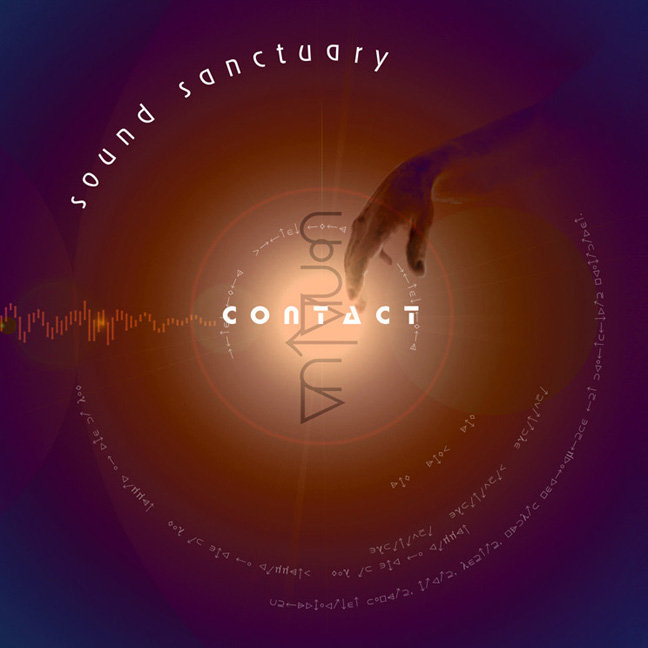
Both records I am very proud of, and have a lot of similarities with my first Summit of the Big Low record. Bombay Monkey also took production duties on this first Summit LP and Andy from Bombay programmed or played a lot of the non-guitar instrumentation on the album.
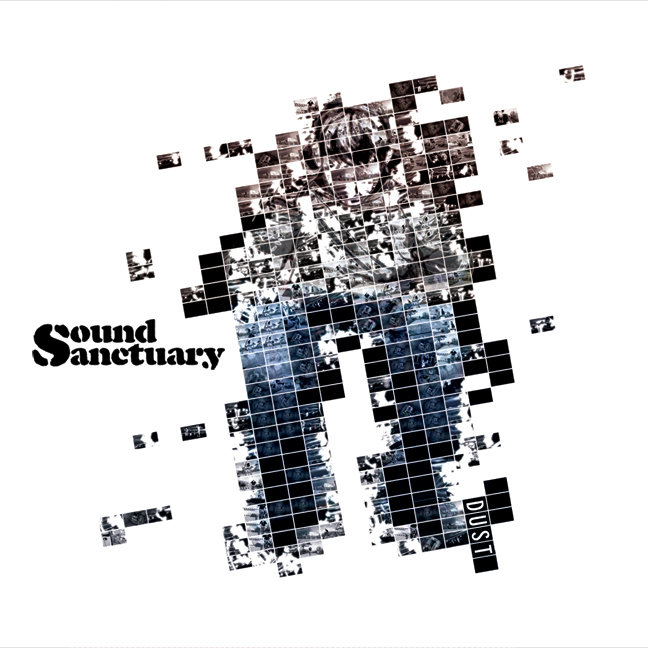
Following Sound Sanctuary I was in a band called Burning Shapes. It was an indie-rock band and was a really fun live-oriented project. We made an album called ‘These Things Happen’ where I got to make my voice sound as gravelly as I could and play lots of electric guitar. It was great to be playing with live drums during that period and it was a totally different energy to what had come before. We were trying to promote that record at a time when playing indie-rock felt particularly uncool in the UK. Thus the band didn’t make it past one record but we all got to scratch an itch and play a style of music for a while that was a little closer to some of the rockier stuff we were into as teenagers.
And that brings us to the Summit of the Big Low. The name is taken from a lyric in a song that was first played out by The Glorious Amber Life and later became a song title for Sound Sanctuary. I like linking stuff up that way so there is a bit of a breadcrumb trail to follow through past projects.
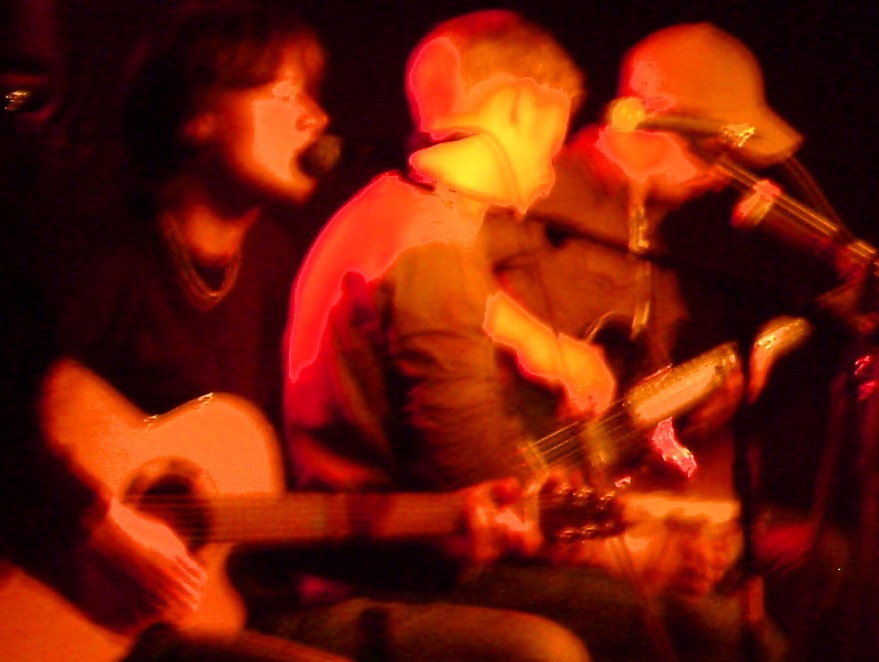
As this is basically a studio project, tell us how you approach songwriting and what kind of equipment do you have in the studio?
Writing for me has changed over the years. I used to churn stuff out fairly quickly, but now, for the most part, things take a little longer. I still occasionally write a song in a day but it’s very rare and I can have bits of ideas lying around for years before they become a finished song. What mostly happens is I either get a lyric idea which I write down in a notebook, a lyric idea with a melody which I record on my phone, or, when playing around on the guitar, a riff or chord progression which again I record on my phone. Sometimes I immediately come up with a melody or some phrase which I can sing over the guitar part. From there it depends massively on how that early idea becomes a song. I have tons of voice notes on my phone where I try different things. Sometimes singing string parts or (badly) beatboxing drum loops that I can recreate when I’m next in the studio.
The crucial thing I’ve learned over the years is to know when to stick and when to twist with an idea. Over time I’ve become more of a procrastinator, but if you labour on an idea too long it becomes stagnant and you lose the spark which drew you to it in the first place. After making a few records I know what I like: what suits my voice and playing style, what textures I want in the production and most of all what “mood” I want to create with the song. Or put another way, what emotions I want to evoke. When you know this, writing a song becomes a lot easier as you have something to check your decisions against along the way.
I have a pretty modest home studio set where I use an iMac or MacBook Pro running Logic (what a game changer that was when it came along!). I have an Apogee Duet and a Zoom H6 as audio interfaces and a trio of mics. A warm audio WA87 condenser, a Shure SM7B dynamic and a battered old SM58 that I also use for live. I sometimes use a Warm Audio WA12 as a preamp for recording vocals. That’s all the hardware. Otherwise it’s all software plug-ins. I have a pair of Equator D5s that I use for monitoring. Then there’s obviously various instruments I use like keyboards, guitars, samplers and percussion, but that’s a whole other topic. So that’s my home studio, but ‘Thin Air’ (the debut Summit of the Big Low album) was made across two studios. My own for tracking all my parts which was vocals, backing vocals, guitars and some percussion and the Bombay Monkey studio for programming drums, tracking bass, synths and some vocals. The mixing also happened at their studio.
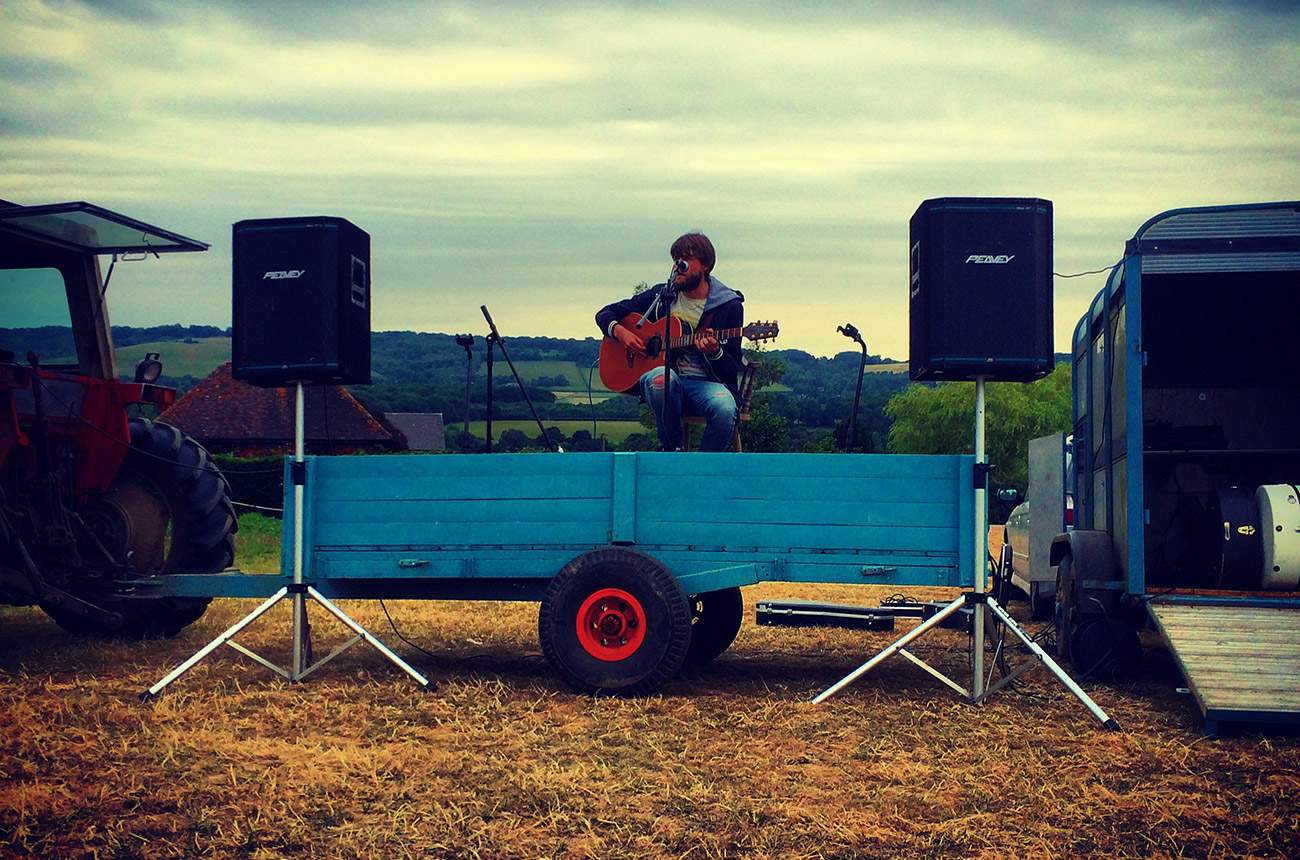
“There is always a certain mood I’m trying to create”
Was there a certain concept you were looking for?
There is always a certain mood I’m trying to create, or emotions I am trying to evoke, but not necessarily a concept. There is certainly a feeling of melancholy in the record which I think came from loss in my family when my grandad (the jazz drummer) passed away. This is where the theme of ‘Thin Air’ came from and what a lot of the lyrics in that song relate to. I guess there is also the concept of escape running through the record. Trying to take the listener somewhere else. This can be heard in tracks like ‘Tightrope,’ ‘Clear,’ ‘Cargo’ and ‘Parallel Dreaming’. With all these tracks there is an element of haziness in the destination. Lyrically, I like to leave enough room for people to interpret things in their own way.
And lastly I always want to leave the listener with a sense of optimism. It’s not generally in the lyrics, more in the feeling they are left with after listening to the music. People tend to associate my music with the golden hour. That time at the end of the day when the sun drenches everything in a warm glow and there is a palpable sense of magic in the air. It’s an association I’m proud of and although hard to put your finger on, if I can sense signs of it in the music as I’m creating, I know I’m on the right track.
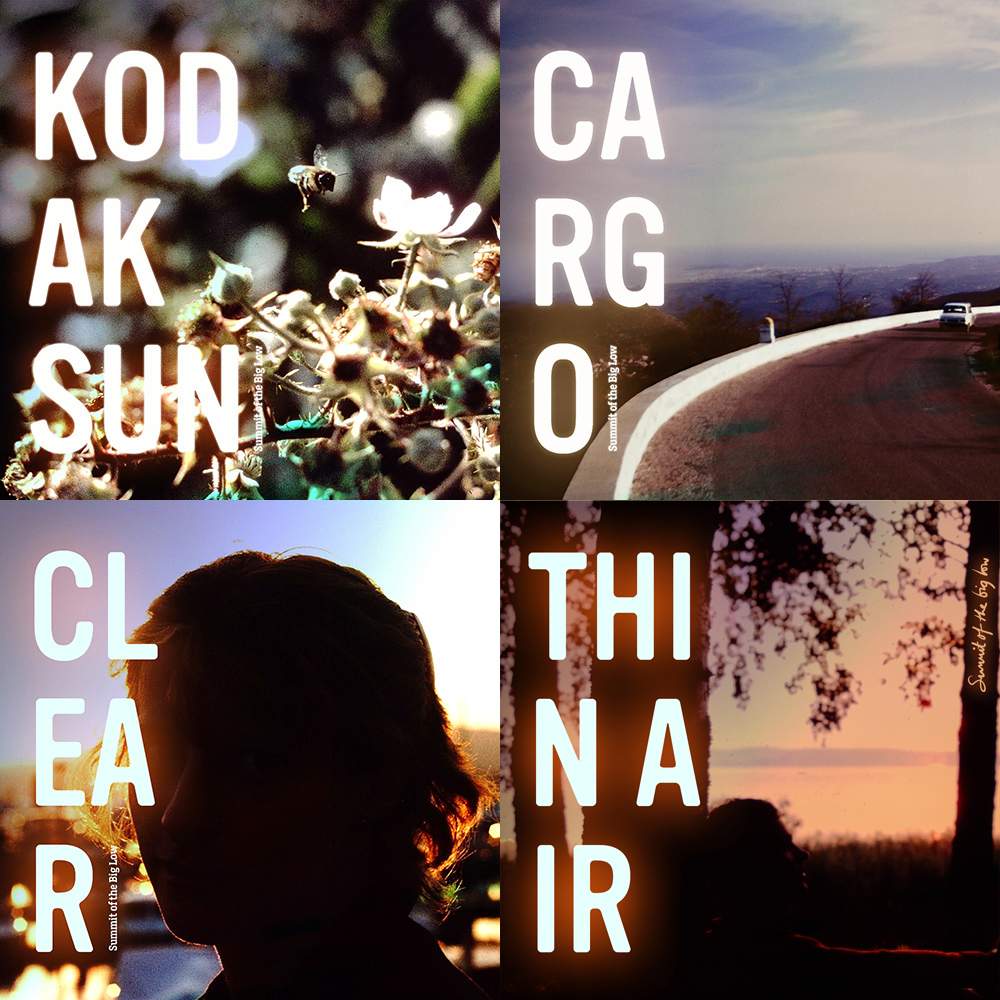
The album artwork goes well with the music…
Thank you. All the artwork from this album including the 3 EPs that preceded it use photos taken by my grandad. When he passed away, my sister spent some time in his basement office scanning transparencies of photos he had taken over the years. There was a lovely retro quality to these transparencies and I selected photos where the subject matter seemed to allude to a story in its own right. The final photo used on the album artwork also conveyed that golden hour magic, so it was a natural choice.
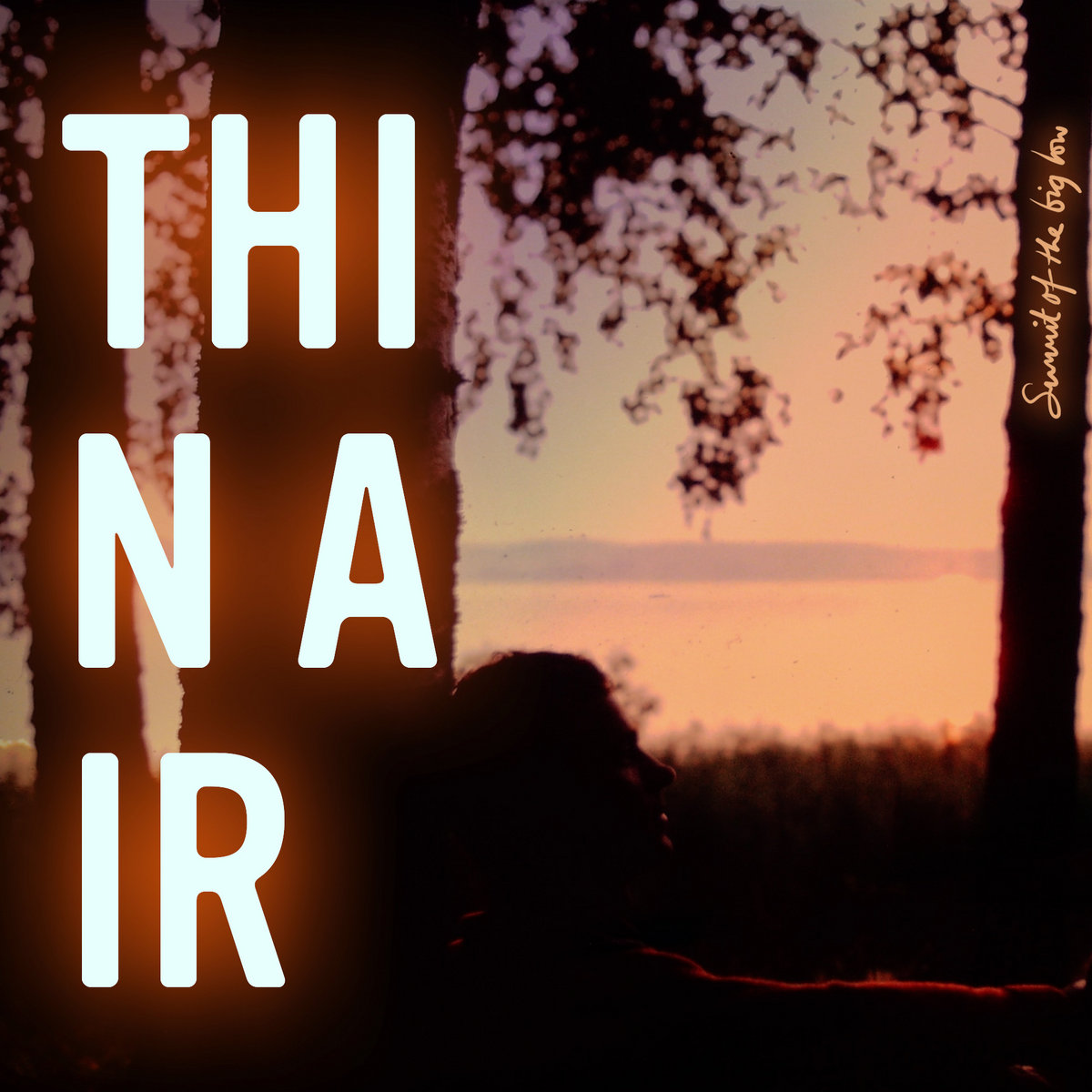
Can you share some further words about the recording process…
The process very often depends on who is producing and what flavour you are giving the record. In the past I’ve worked with producers in their studios and a lot of the legwork has gone into making sure the parts were right before any recording took place. Once the instrumentation was recorded there weren’t a lot of additional elements to add, and it was just a case of getting the right balance of those instruments in the mix, potentially adding a bit of compression here and there, and perhaps some reverb or delay if necessary. Since the Sound Sanctuary days the writing process and the recording process have blurred together.
We utilise samples, strings, atmospheric sounds, field recordings and use lots of reverb and delay. The electronic drums often get worked out after the primary instrumentation has been laid down. There is a lot of creative thinking and writing of other instrumentation that goes on after the initial song idea has been recorded. During this time the song arrangement is very likely to change, and it’s not uncommon to return and re-record the vocals and guitars based on what’s been cooked up in the studio. This is why producers who know they are likely to be working in this way will often get the artist to record a guide vocal and guitar/piano part so they have something to create an atmosphere or sound bed around. I don’t like doing this if it can be helped. I always try to start with the vocal and guitar takes that I want to be on the final recording. I try to infuse as much of the emotion and energy into those takes as I can, so that they would stand up and tell the story of the song when played without any embellishments. Not only do I think this makes adding to the tracks easier, I find the emotion in those takes actually informs what gets added. Don’t get me wrong, sometimes I do re-record stuff but this is the way I prefer to work.
My preferred process worked really well on the ‘Thin Air’ project as I was collaborating with Bombay Monkey. So I could record the songs up to a point that I was happy with them, and then pass them over to Andy (of Bombay) to add his parts and get stuck into arrangements. On the follow up to Thin Air that I’m currently working on, I’m doing all the production myself. It’s the first time I’ve produced and played or programmed everything on a record on my own, so again the process is changing and evolving. I’m enjoying stretching myself like this and learning new skills.
“I am working on the second Summit of the Big Low album”
What are some future plans?
As I eluded to previously I am working on the second Summit of the Big Low album. It’s really taking shape now and so that will be the next big thing I guess. Potentially some live shows too but we’ll have to wait and see. Beyond that I am also working with the Sound Sanctuary guys again. As well as learning the Summit stuff so they can help me play it out we have recently started writing some tracks together again. It’s the influence of those darn Beatles once more, following the release of the ‘Get Back’ documentary. I reckon there’s a fair few bands that have been inspired to get back in a room together and start writing songs in this way due to that doc. Particularly after the isolation of lockdown. So far these sessions have been fun and pretty fruitful so we shall see where that takes us.
Let’s end this interview with some of your favourite albums. Have you found something new lately you would like to recommend to our readers?
Despite all the talk of 60s group obsessions and 90s grunge rock, these days I’m into some pretty chilled out stuff as you can imagine with the music I make. Artists like Bon Iver, Fleet Foxes, Nadia Reid, The War on Drugs and Watchhouse (formerly Mandoline Orange) are never long off the turntable. On a slightly more rocky vein I discovered Israel Nash’s album ‘Topaz’ last year and got to see him at a festival in the UK earlier in the year which was great. And I’ve been trying to get tickets to see Canadian band Half Moon Run when they next tour here. I love all of their records.
In fact festivals have been a great source of new music finds for me this year. I went to the End of the Road festival just recently and there was so much great new music to discover. I am still sifting through particular albums from the bands I saw live but my artist highlights from that weekend include Fruit Bats, Porridge Radio, Jealous of the Birds and Khruangbin – particularly their new album ‘Ali’ a collaboration with Malian guitarist Vieux Farka Touré in tribute to his late father.
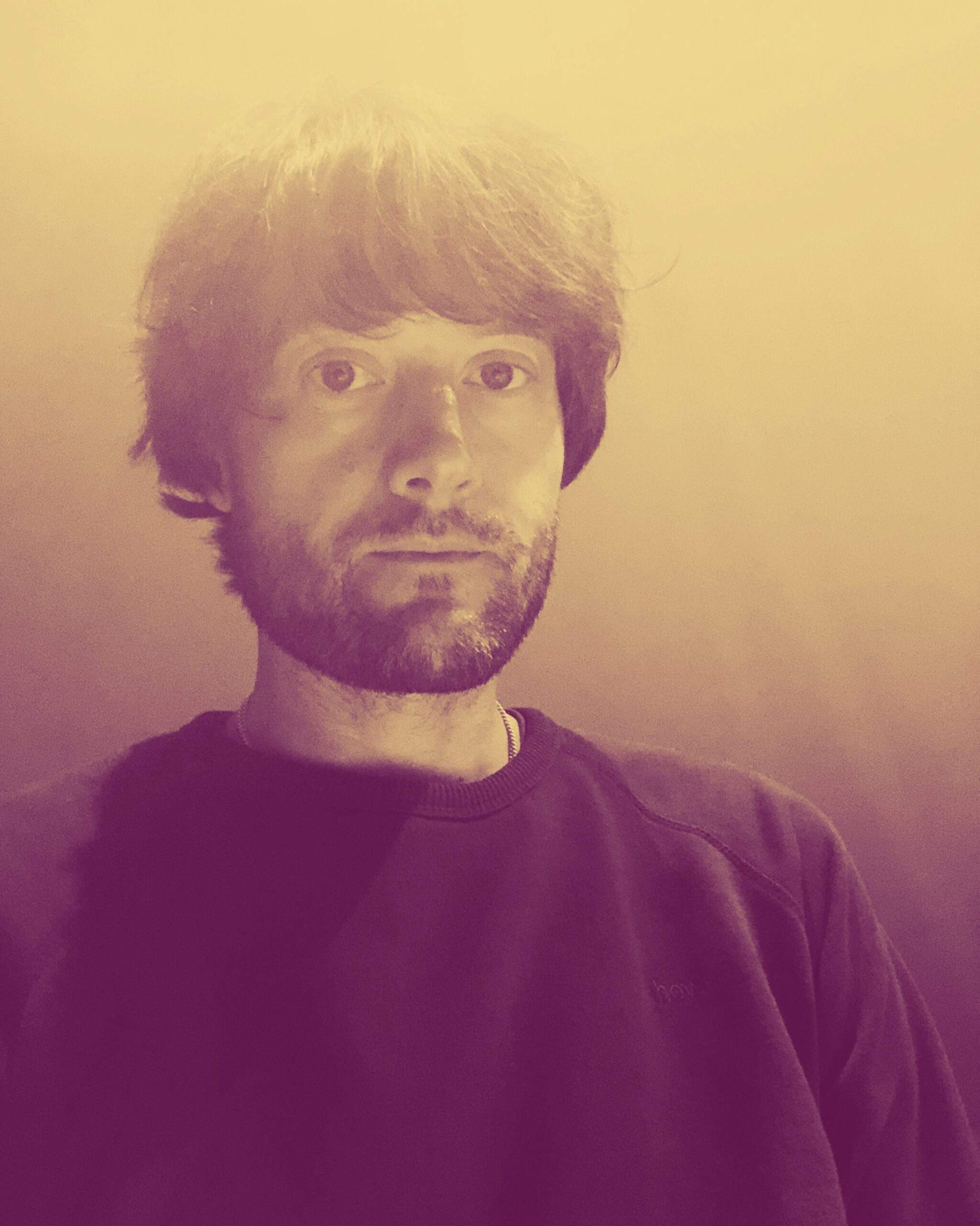
Thank you. Last word is yours.
Thank you for prompting me to dig back through all these memories. I hope your readers get a chance to check out ‘Thin Air’ and purchase some of the limited edition vinyl we pressed either through my Bandcamp (for signed) or Sugarbush’s rare vinyl mail order. Stay tuned for more in 2023 and anyone interested in what’s coming next please follow Summit of the Big Low on socials and visit https://sotbl.com to join the mailing list. Thanks for reading, take care and mind how you flow.
Klemen Breznikar
Headline photo: H Uffindell-Phillips
Summit of the Big Low Official Website / Facebook / Instagram / Twitter / Bandcamp / YouTube
Sugarbush Records Official Website / Facebook / Twitter / YouTube

